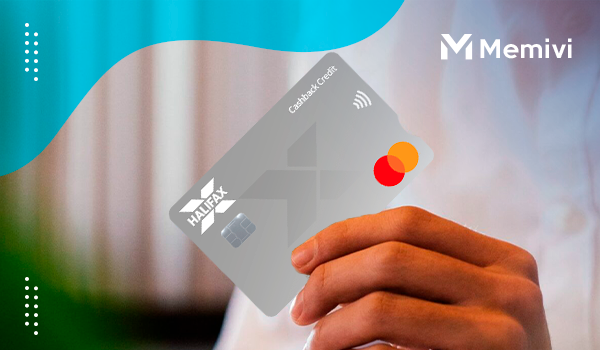
Halifax Cashback: savvy UK consumers are finding clever ways to extract well over £100/year in value by combining partner offers, timing spending cycles, and leveraging cashback stacking tactics.
This guide provides detailed instructions on how to fully utilize Halifax’s offering, debunks common myths, and helps readers determine whether this card should be a core part of their credit strategy — or simply a supplemental tool.
Practical Setup Guide: From Application to Activation
- Check Eligibility
Use the Halifax soft checker to see if you’re likely to be approved. Minimum age: 18, with a good credit history.
Pro tip: Halifax favors applicants with stable address histories. - Application Process
Online form takes 10 minutes. Be ready with employment status, income details, and address history (3 years). Halifax may offer a pre-set limit of £1,000–£3,000 initially. - Activate Online or via App
The Halifax Mobile Banking App is essential — all cashback offers are activated here.
Enable push notifications for new partner cashback offers. - Set up Direct Debit
Choose “full payment” to avoid interest charges and benefit from the card’s full potential.
Cashback Maximization Strategies (Few Know These)
1. Stack Partner Offers with Retailer Discounts
When Halifax partners with brands like Deliveroo (10%), Boots (5%), or Argos (8%), combine that with existing store discounts or voucher codes.
Example:
- £60 Argos purchase
- Use Argos £5-off coupon
- 8% cashback from Halifax
- Net gain: £9 in value
2. Use in Conjunction with a Rewards Debit Card
Santander Edge, for instance, offers 1% on groceries. Use Halifax for everything else and Santander just for groceries + fuel.
→ This separation maximizes both cashback structures without overlap.
3. Rotate Spending for Max Cashback
If you own multiple cashback cards, prioritize Halifax during high-value months (e.g., back-to-school, Christmas), then switch to other cards when partner offers are low.
4. Activate All Offers — Even If Not in Use
Halifax doesn’t penalize unused offers. Activate everything. This allows the algorithm to offer more relevant deals over time based on your shopping patterns.
Halifax Cashback Credit Card (Things Most Don’t Ask)
1. Can I use it for foreign travel?
Technically yes, but Halifax charges 2.95% foreign transaction fees. Better to use Barclaycard Rewards or Chase UK abroad.
2. Does cashback expire?
Cashback posts monthly and doesn’t expire, but partner offers rotate monthly and can disappear if unused.
3. Is £1 base cashback guaranteed?
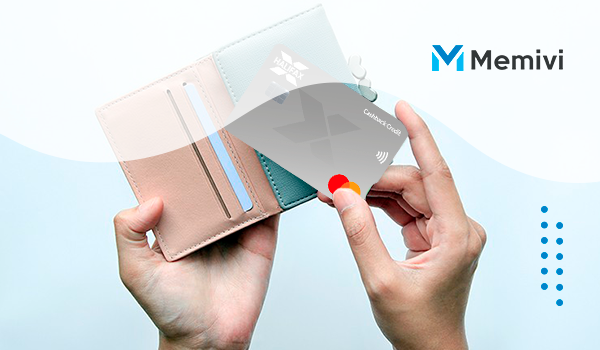
Only if £500+ is spent in calendar month — even if you spend £499.99, you’ll earn £0 base.
4. Can I get cashback from bill payments?
No — utilities, taxes, and gambling do not qualify for cashback.
5. What happens if I return an item?
Cashback earned on refunded purchases will usually be reversed the following cycle.
6. How many partner offers are typical per month?
Expect 5–12 offers, though quantity and value vary by spending patterns.
7. Can I combine with Amex cashback?
Yes — if retailers accept Amex, prioritize Amex Platinum Cashback; otherwise, use Halifax for merchants that don’t.
8. Does Halifax offer balance transfer perks?
Yes, they often run 0% balance transfer for 12 months, but this depends on promotional periods.
9. Is Halifax Extras the same as cashback?
Not exactly — it’s a retailer-funded bonus layer added to the base cashback. It behaves like an independent program.
10. Are there spending caps?
You won’t earn more than £5/month total cashback — any extra will not roll over.
Hidden Tips for Getting More Than £60/year
- Use family-linked spending — pay recurring shared subscriptions (Netflix, Spotify) and get reimbursed
- Plan seasonal bulk purchases (e.g., school uniforms, electronics) around cashback partner offers
- Use in-store price match guarantees (e.g., John Lewis) with Halifax cashback to extract real value
- Use credit limits strategically to nudge monthly spending over £500 threshold
- Stack with voucher sites like Quidco/TopCashback for triple-reward scenarios
Alternatives: How Halifax Fits into a Broader Credit Strategy
| Card Name | Key Feature | Best Use Case |
| Halifax Cashback | Partner offers + base cashback | Everyday spend (UK) |
| Barclaycard Rewards | No FX fee + 0.25% cashback | Travel, international usage |
| Amex Platinum Cashback | 0.75–1.25% cashback + welcome bonus | Large domestic spenders |
| Chase UK | 1% cashback + round-ups | High-frequency debit spend |
| Lloyds Cashback | 0.5% cashback over £400/month | Simplicity, low maintenance |
Halifax shines best when combined with another cashback card, not used in isolation.
Real-World Scenario: “Jenna’s Cashback Year”
- Jenna, a nurse in Leeds, uses her Halifax Cashback Credit Card as her primary card.
- Monthly spend: £750
- Partner cashback from Tesco, Uber Eats, and Boots: average £3.50/month
- Total yearly cashback: £58 from Halifax + £18 via double stack with voucher codes
- Cost: £0
- ROI: 10.2% of cashback vs structured spending
The Halifax Cashback Credit Card is not designed to dazzle — it’s built to deliver consistent, incremental value for organized spenders. With some strategic effort, users can surpass the advertised £60/year cap through thoughtful offer stacking and tactical spend planning.
It’s especially useful for:
- Budget-focused UK households
- Everyday commuters and online shoppers
- Loyalty program avoiders who prefer direct value
Who should avoid it?
Those who travel frequently, prefer simplicity, or spend under £500/month consistently.


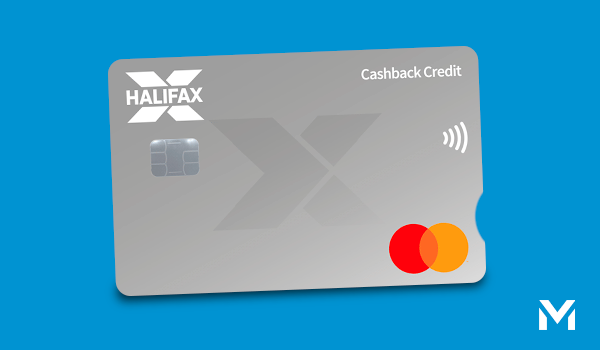
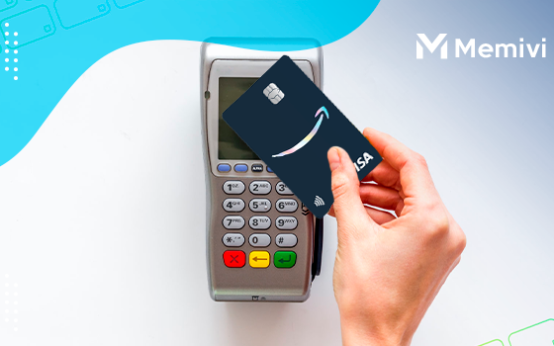 Deep Dive Into the Amazon Barclaycard Visa: Real Value or Just a Niche Perk? <p class='sec-title' style='line-height: normal; font-weight: normal;font-size: 16px !important; text-align: left;margin-top: 8px;margin-bottom: 0px !important;'> An in-depth guide to maximizing this Amazon-branded credit card and how it compares in real-world usage. </p>
Deep Dive Into the Amazon Barclaycard Visa: Real Value or Just a Niche Perk? <p class='sec-title' style='line-height: normal; font-weight: normal;font-size: 16px !important; text-align: left;margin-top: 8px;margin-bottom: 0px !important;'> An in-depth guide to maximizing this Amazon-branded credit card and how it compares in real-world usage. </p>  Advanced Guide to the Fluid Credit Card: Maximising Your 0% Balance Transfer Window <p class='sec-title' style='line-height: normal; font-weight: normal;font-size: 16px !important; text-align: left;margin-top: 8px;margin-bottom: 0px !important;'> A comprehensive look at how to use the Fluid Card effectively, avoid costly mistakes, and evaluate smarter alternatives for UK consumers. </p>
Advanced Guide to the Fluid Credit Card: Maximising Your 0% Balance Transfer Window <p class='sec-title' style='line-height: normal; font-weight: normal;font-size: 16px !important; text-align: left;margin-top: 8px;margin-bottom: 0px !important;'> A comprehensive look at how to use the Fluid Card effectively, avoid costly mistakes, and evaluate smarter alternatives for UK consumers. </p> 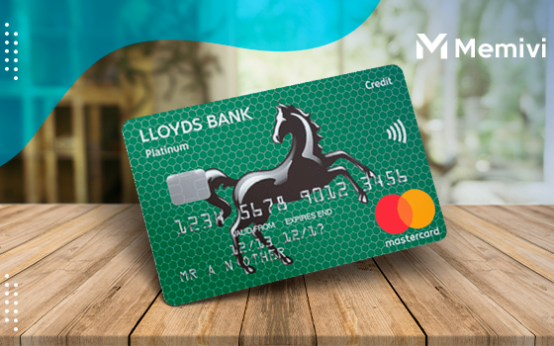 Maximising Value with the Lloyds Ultra Credit Card: A Practical Usage Guide <p class='sec-title' style='line-height: normal; font-weight: normal;font-size: 16px !important; text-align: left;margin-top: 8px;margin-bottom: 0px !important;'> This long-term cashback credit card is built for people who want straightforward rewards, global fee-free spending, and a product they can keep for years without paying an annual fee. </p>
Maximising Value with the Lloyds Ultra Credit Card: A Practical Usage Guide <p class='sec-title' style='line-height: normal; font-weight: normal;font-size: 16px !important; text-align: left;margin-top: 8px;margin-bottom: 0px !important;'> This long-term cashback credit card is built for people who want straightforward rewards, global fee-free spending, and a product they can keep for years without paying an annual fee. </p>